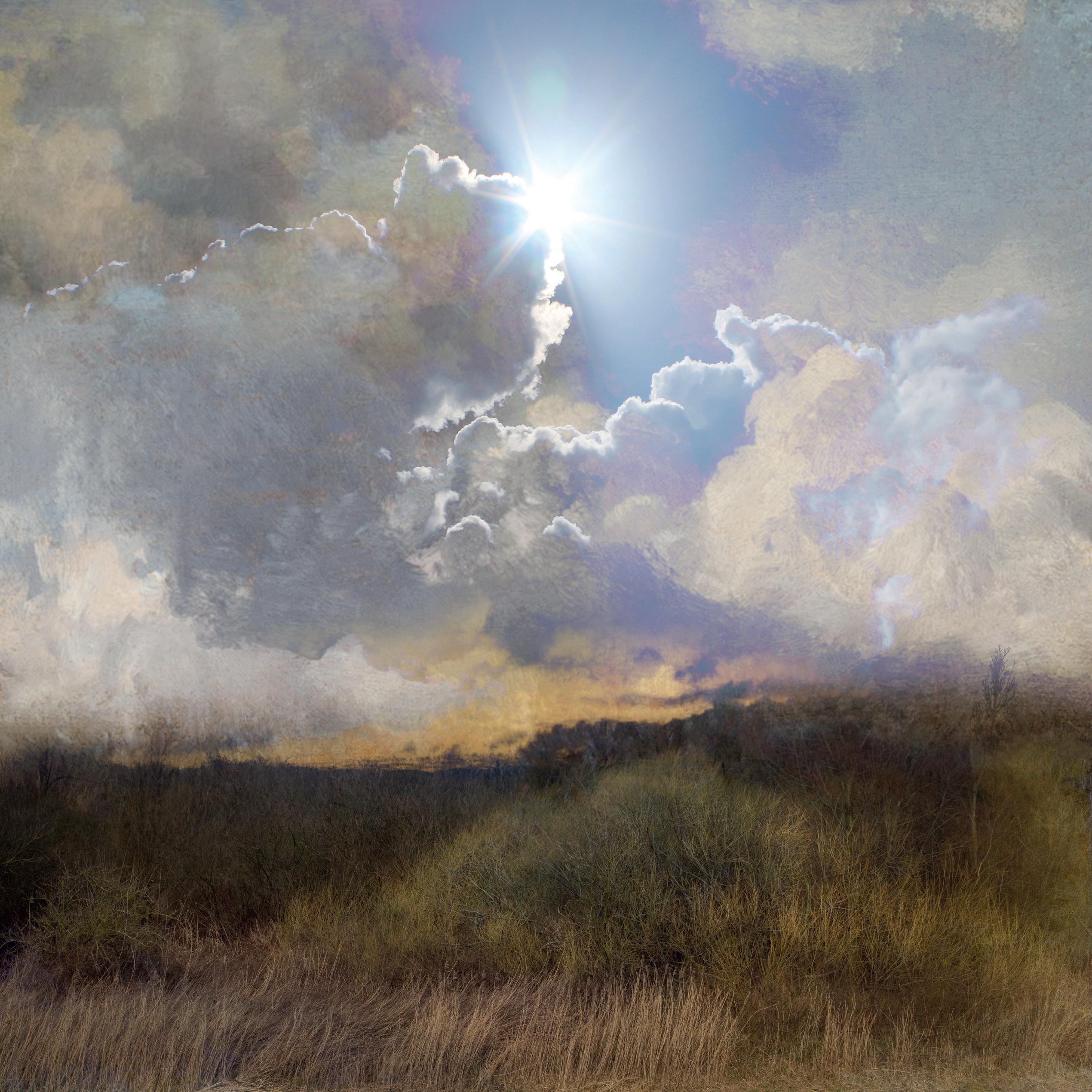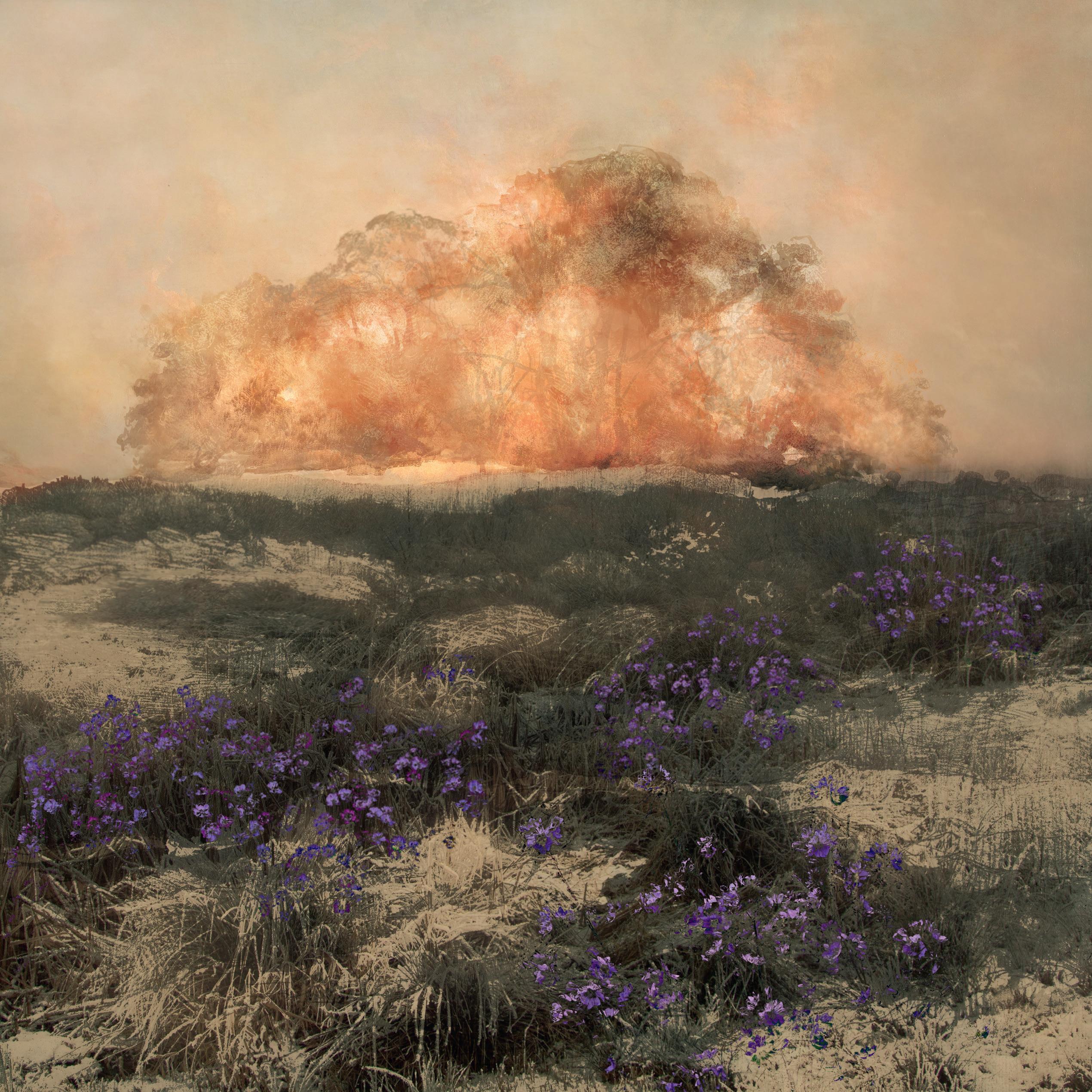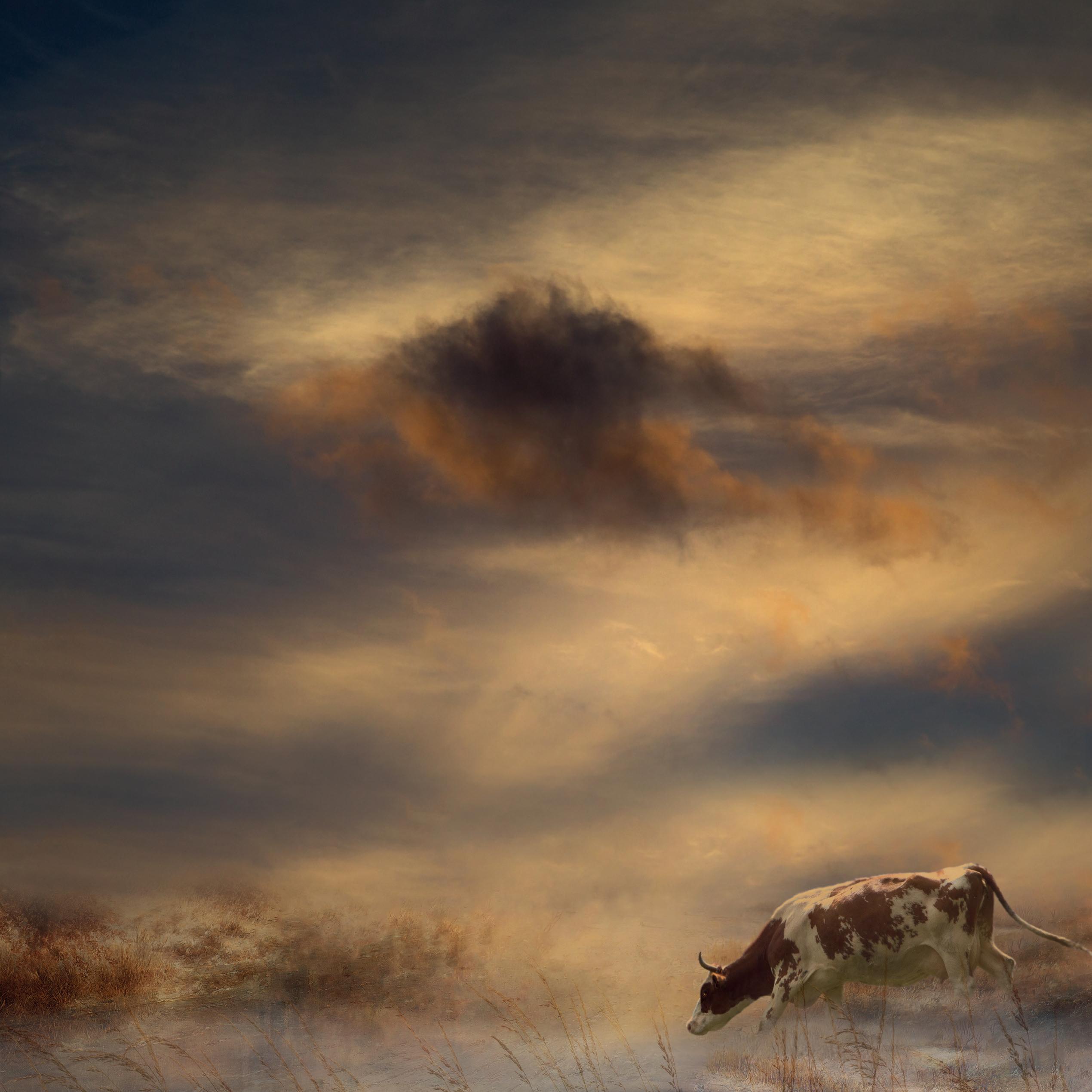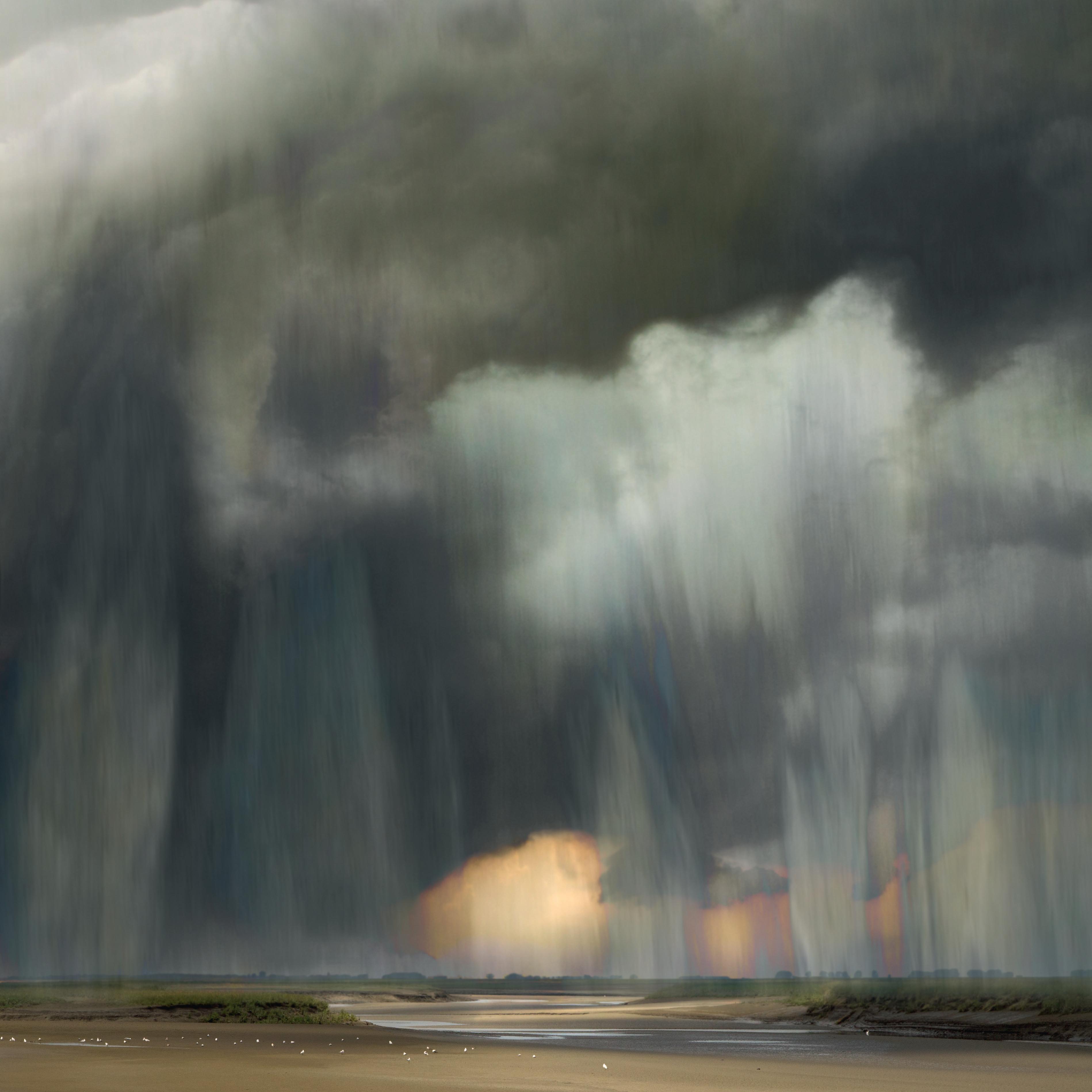ODE TO NATURE
Saskia Boelsums is a prizewinning landscape photographer from the Netherlands. Her work is admired all over the world and has been included in a number of art collections. She has had exhibitions in prestigious galleries and at prominent art fairs in all the major cities, and her landscape photos have won various national and international awards. She won the accolade Dutch Artist of the Year in 2020 – nominated by a professional jury and chosen by the public – as the country’s most appreciated artist.
Saskia was born in the Netherlands in 1960 but grew up in Iran and Curacao. On returning to the Netherlands, she studied visual art at the Minerva Academy in Groningen. She began specialising in landscape photography a number of years ago, putting her knowledge and experience of visual art to full use in her photography. Because she uses the methodology and techniques a painter would apply when working on her landscape photos, her work has enormous power of expression.
ARTIST WITH A CAMERA “When people ask what I do, I like to describe myself as a visual artist with a camera. It captures my development as an artist and photographer in a nutshell. I started out as a visual artist and I have explored art in all its forms. The spatial work I used to make was well received, and yet I continued searching for forms and techniques that suited me better. While researching and exploring different possibilities, I became fascinated by photography. I’ve probably said this before, but it all began in a supermarket. While I was shopping, I spotted a pomegranate and became fascinated by its beauty: its radiance, its colour, its structure. Magnificent. I bought it and, when I got home, I was eager to record what I had perceived in a photograph. I still do that, record what I perceive, but now my photos are of nature, a world as pure and unspoilt as possible.”
PERCEPTION OF NATURE “I’ve refined my technique over the years. As a photographer, you have a broad range of technical options and I make full use of all of them to get a perfect result. For me, a photo isn’t finished until I can look at it and replicate the original experience. Sometimes I’m lucky. I might take a photo of glorious stormy skies and when I examine it in my studio, it’s quite perfect and I feel the same excitement I had when I took it. What’s more common is that the photo is magnificent, but my own experience of the landscape, clouds or the sea was much more intense than the image I
have created. That’s when I set to work. And I don’t stop until I can look at the photo and repeat the perception of nature and the excitement I felt at the moment the photo was taken.”
EIGHTY THOUSAND DIFFERENT THINGS “I use very simple methods to achieve the result I’m looking for – just like a painter. A painter uses paint and a paintbrush and I do the same, but digitally. I don’t have a standard approach. I study the photo, immerse myself in the perception I’m looking for and play around with cropping, composition, colour, light and dark. I don’t use filters that change the whole photo, because that doesn’t work for me. I do it completely by hand and take decisions about every detail. I almost work at pixel level. When the photo is finished, I know every blade of grass and every tiny cloud. It’s incredibly labour intensive. I might do eighty thousand different things, big and small, to make a photo invoke the right perception and the right power of expression. That’s the only way I can get it right. It gives the work a freshness I find very appealing. It makes my landscape photos more pictorial and, at the same time, more compelling and more realistic. You should be able to feel the wind in your hair when you look at a photo of a landscape with stormy skies.”
THE ENTIRETY “I’m actually a romantic. You’ll generally only see nature on my landscape photos. And often the forces of nature not directly influenced by people: clouds, sea, mountains. Obviously I know that climate change has an effect on this too, but all the same, this is the most unspoilt nature we have. These forces make you realise how insignificant and vulnerable you are as an individual and how powerful and strong nature is. And yes, I think that’s valuable. It makes you humble, because whether you want to or not, you almost have to surrender to something stronger and more all-encompassing than yourself. Do I have a word for that? Yes, in a sense you can see it as a religious experience or a spiritual moment. But then as a perception of the entirety you, as an individual, are part of. It might sound strange, but I’m grateful to be alive and able to experience all this. I felt the same as a child. When I was four, I was apparently heard to say: I’m so glad I was born!”
MOUNTAINS AND SKYSCRAPERS “This is the first time landscape photos taken in other countries have been included in one of my books. One day, I suddenly had craving to see mountains and, shortly after, I found myself in Switzerland on a mountain pass looking up at the Jungfrau. Believe it or not, I







